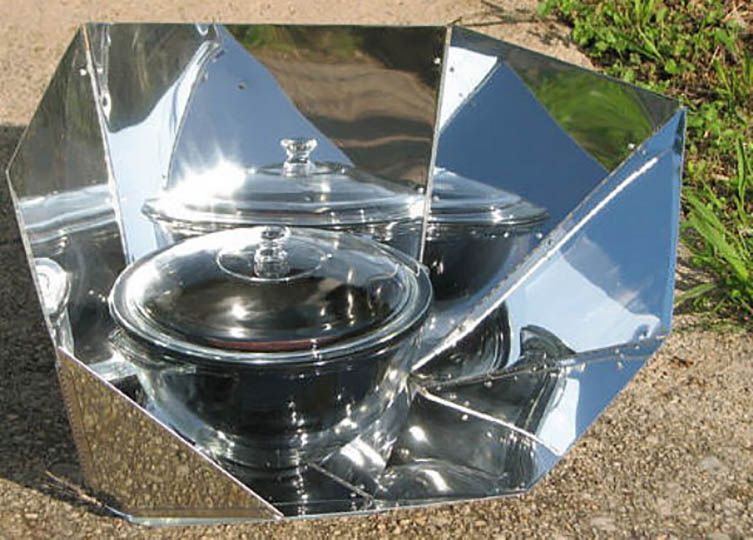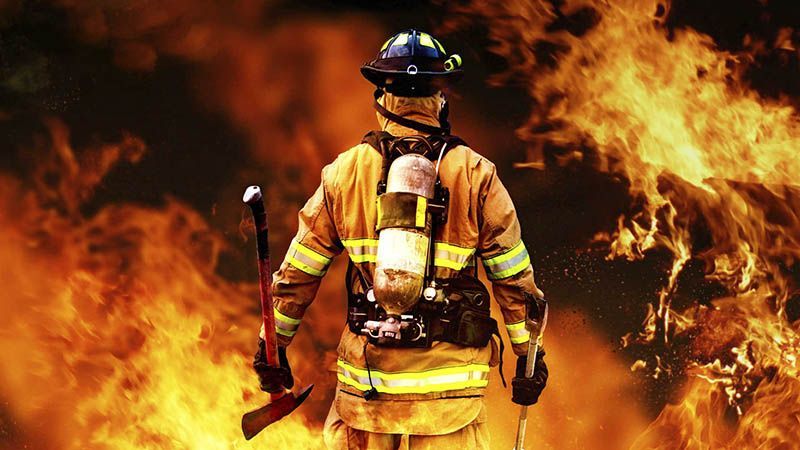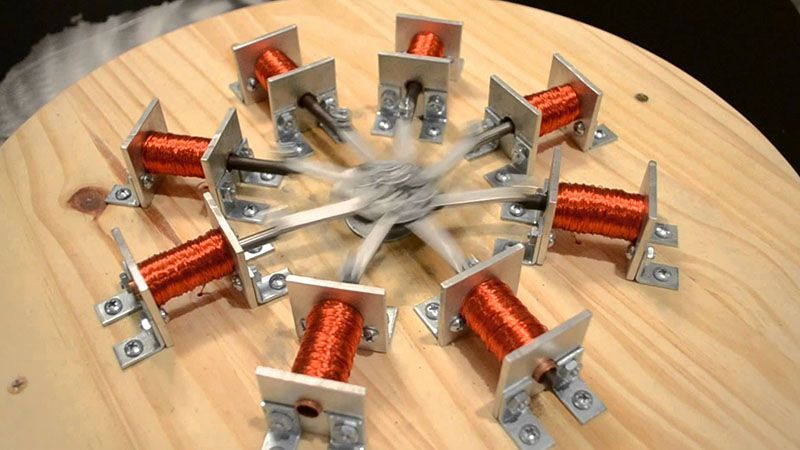Radiation
When radiant energy falls on an object, a part of the incident heat gets absorbed and the rest gets reflected. The temperature of the object increases due to absorption of heat. The amount of heat absorbed or radiated depends upon the nature and the colour of the object.
Dark Objects
Dark and dull surfaces are good absorbers of heat and are also good emitters of radiant heat.
Dark surfaces are poor reflectors of radiant heat as compared
to the light colours.

Light Objects
On the other hand, light, colours and shiny surfaces are poor absorbers of heat and are also poor emitters of radiant heat.
Applications
We wear light coloured clothes during summer as they are poor absorbers of heat.

However, in winter we prefer dark colours as they absorb more heat and help us to keep our body warm.

Firemen wear highly polished and shiny suits. This ensures maximum reflection of the

Electric hot plates are coloured dull black to radiate maximum heat.


